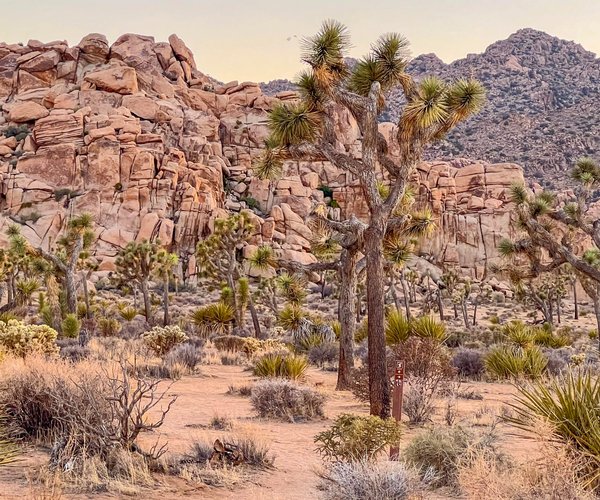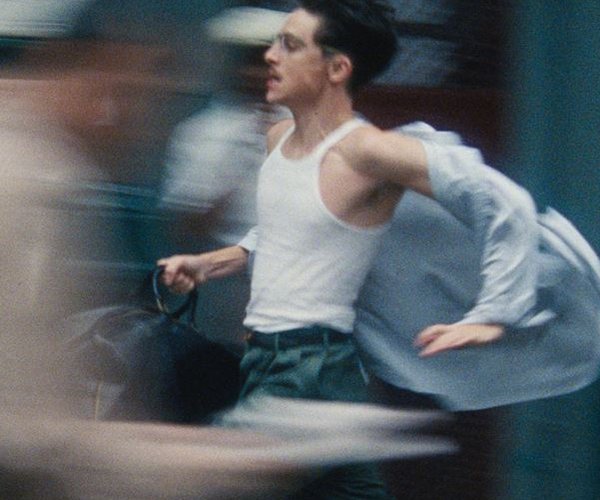COLUMBIA — In the heady days of the California Gold Rush, Columbia was a boomtown of unparalleled proportions.
Gold has been discovered by a group of men who had been caught in a rainstorm. They were drying out gear when a man by the name of John Walker decided to try his luck in a nearby gulch. He found gold.
That was on March 27, 1850. There were hundreds upon hundreds of primitive and compact log cabins as well as canvas tents housing thousands of miners seeking fortune. Two years later in 1852 just after California had attained statehood the area that had been unsettled hilly countryside was covered with more than 150 shops, stores, saloons and such along with three churches and the seemingly prerequisite Masonic Lodge.
A year later Columbia boasted just over 25,000 people — roughly 5,000 less than the current population of Lathrop — making it one of the largest cities in California at the time.
It had been christened “Gem of the Southern Mines” for good reason. Roughly $150 million — the equivalent of $4.5 billion today — was taken from Columbia over the course of a half of a century. The southern Sierra mines played an essential role in producing tax revenue to fund the Union Army during the Civil War.
As with most gold mining boomtowns, Columbia’s glory days were short-lived. Mining started declining by the end of the 1860s. Buildings were torn down and reconstituted in other mining camps.
When 1940 rolled around most of the remaining buildings were deemed unstable and not safe to occupy, the decision to make Columbia a state park in 1945 changed the community’s fortunes forever. Efforts were launched to restore buildings. The result was the creation of a “living” Gold Rush town boasting of the largest collection of Breedlove buildings from that era.
Even though my passion for California history is only eclipsed by hiking her mountains and deserts, delving into California water politics, and California itself, it isn’t what brought me to Columbia for the first time — or the second and third time for that matter. It was the one-of-a-kind Fallon House Theatre.
Do not get me wrong. The restored Eagle Theatre in Old Sacramento is impressive as well as more low-key endeavors such as the Volcano Theatre in the community by the same name beyond Sutter Creek and Jackson. Both capture the intimate non-tent mining camp entertainment venues of the Gold Rush era.
The Fallon House in comparison was the belle of the ball given Columbia’s status in the Gold Rush era as one of the largest and arguably wealthiest — even if for fleeting moments — in California.
Nothing against the quality of other productions at Gold Rush era theaters, but what is offered at the Fallon House is in a league of its own. That’s because it is operated by the Sierra Repertory Theatre. It’s a professional theatric group on par with anything you can see in San Francisco. The SRT also stages professional quality theatrical productions at its East Sonora venue.
There are a few issues such as wooden column support for the ceiling plus acoustical issues that you wouldn’t encounter in a modern theatre such as Gallo Center. But then again it is all about the Gold Rush experience. SRT is careful to select productions that fit best into the unique venue.
The 260-seat theatre is attached to an old-fashioned ice cream parlor as well as the 15-room Fallon Hotel. An overnight stay in rooms that are kind of Victorian rustic provides a whimsical insight into the feel of booking a night some 150 years ago. There is an equally impressive Columbia City Hotel. Staying at either one is an ideal way for a unique and low-key 209 overnight outing. The neatest perk about staying at the Fallon Hotel is the parlor where guests can browse books and magazines or better yet select among board games and share unique encounters, if you so choose, with complete strangers.
It costs nothing to stroll through Columbia State Park where you will come across restaurants and low-key stores within the restored confines of buildings now closing in on 160 years of standing.
My favorite business is Towle & Leavitt. The corner store business was established in 1853. It’s been owned and operated by the current family proprietors since 1969. They offer a wide variety of items from retro toys, apparel, gem stones, jewelry, unique gifts, and books.
It originally was a book, stationery, and fancy goods store in the J.M. Bean Building erected in 1853.
The books alone would hook me but it really was the fact one of the owners was a Towle. That happens to be the surname of my mother’s side of the family. And while I haven’t done any genealogy to speak of, the fact that a Towle was involved in the founding of the business likely means there may be a connection. That’s the Towles that I can trace my bloodline to that settled north of the Bear River in Nevada County in 1845 near Camp Far West where there is a reservoir today by that name. Who knows?
Even without the possible lineage connection a stroll down Columbia’s streets — complete with wooden sidewalks — is a low-key way to spend a pleasant afternoon.
Like similar state parks there is a museum to browse. But there are also a ton of other attractions such as a working blacksmith shop where they will be more than happy to fashion a horseshoe with your name on it as you watch or a primitive “bowling alley.”
The most stunning attraction by far among the restored brick buildings is the historic two-story brick school house on the hill.
It is a short hike and well worth it.
Built in 1860, it is considered to be the oldest two-story brick house in California. It cost $4,800 to build and opened with more than 300 students, two teachers, and a principal. It was closed in 1937 when it was deemed not safe enough to withstand an earthquake. That forced students to attend schools in tents until a replacement school was built.
It was restored in 1960 after school kids and teachers throughout the state raised $52,000 of the $60,000 needed to do the work.
Both levels of the school house are preserved as if they were still serving students in the 1860s.
You can see a lot of mid- to late-19th century buildings throughout the Gold Country serving as stores and restaurants today but nothing on the scale as Columbia State Park.
Old Sacramento is a little bit too polished but it stands as arguably the best restoration of the Gold Rush era and receives extremely heavy visitor traffic.
On the other end of the spectrum is the arrested development of Bodie between Bridgeport and Lee Vining east of the Sierra that is the largest ghost town of its kind.
Columbia is in between the glitz and the decay. It is certainly much more of a low-key experience as you can still shop and eat there, stay the night, or take in a play.
It’s located off of Highway 49 south of Sonora. That means you can spend a day enjoying Columbia and if you want more varied dining options you can drop by historic downtown Sonora on your way back to the valley.
There are a number of events and tours throughout the year. You can find more details by going to visitcolumbiacalifornia.com.









